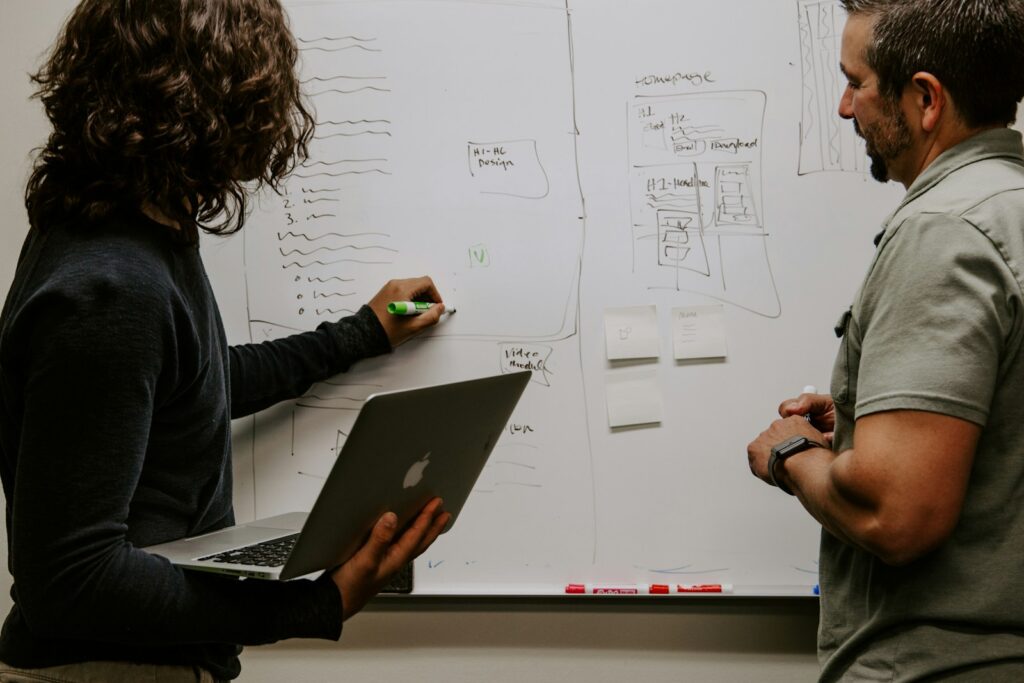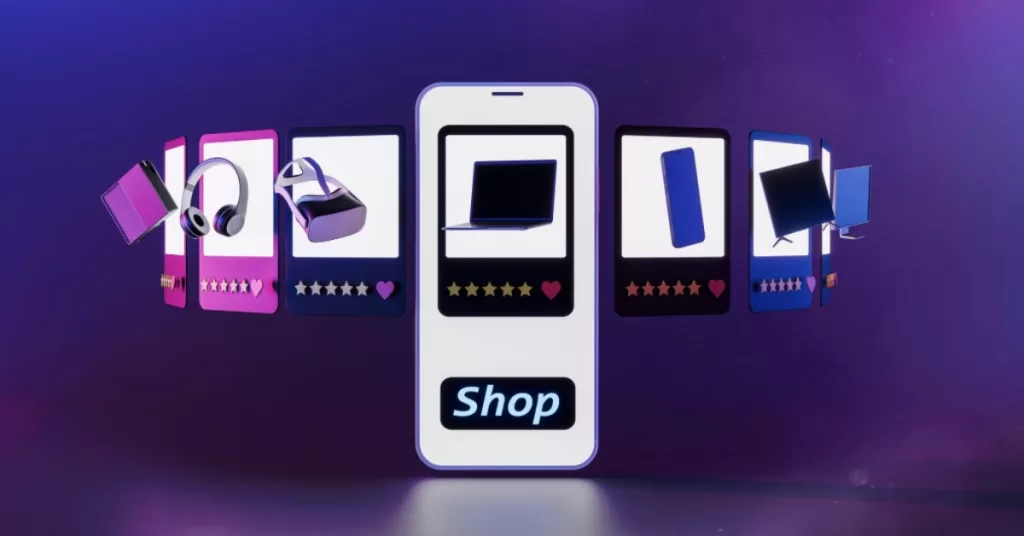Most entrepreneurs are thinking of how they can create the next big thing instead of creating a micro SaaS and scaling it. But creating a large-scale product that attracts a diverse user base is a very ambitious goal. And more often than not, they end up with no idea and could give up before even trying.
And that’s because their initial goal was too ambitious. If you look at all the successful companies, they all started small and grew from there. The initial offering was limited and they added more features in time.
So the new software-as-a-service (SaaS) founders should ask themselves: ‘How small can I feasibly build the product and still have customers?’
What is a micro SaaS?
A micro SaaS is a small-scale software as a service business that is usually run solely by the founder or a small team. And usually, it is looking to solve a very specific problem.
It is all about starting small, launching fast, and becoming the go-to solution for that specific problem. And because you are focusing on only one problem, you can be more agile and responsive to customer’s needs, and run with lower overhead costs.
What makes micro SaaS so attractive?
A micro Saas is focused on particular needs. It targets a niche market, uses minimal resources to solve the problem, and only requires a small team to operate. So many entrepreneurs or solopreneurs are attracted by the idea and the benefits that come with it.
Low barrier to entry
Launching a micro SaaS is very appealing to many entrepreneurs because it doesn’t require a lot of resources. And this makes it accessible to founders who may not have a high starting budget. The days when you would need a large team and millions in funding to get the business off the ground are behind us. Nowadays, a small team can bring innovative ideas to life, turning their coding experience and industry knowledge into a profitable business.
Profit potential
Generally, a micro SaaS business doesn’t generate life-changing amounts of money. But if you can manage to address your customers’ issues and constantly deliver them value, it can be long-lasting. And with low overhead costs, you will be able to profit from your business relatively quickly.
Lower risk
When launching a small-scale software product with minimal investment, if the business doesn’t work out, the loss is not that great. And this removes a lot of the psychological barriers to starting a business. You will have fewer issues with the fear of failure which can paralyze your efforts.
Factors of success for a micro SaaS product

Even though it is relatively simple to launch a micro SaaS product, it is still a business. And it comes with the associated risks and challenges. But this shouldn’t scare you off and stop you from pursuing your idea.
There are some steps you should take into account to maximize your chances of success. This is not an exhaustive list, but it should nudge you in the right direction and understand the mindset.
Do your research
Think about the problem you want to solve and who has this issue. Get to know your audience first and try to deeply understand their frustration with that particular problem.
Think about where your audience is spending their time online, and join those spaces. These can be Facebook groups, Reddit communities, Twitter hashtags, etc.
The more knowledge you gain, the better the solution you will be able to build.
Keeping it simple
When you are just starting, you will have to decide what exactly you want to offer. In the research phase, you might get a lot of ideas that will put you in a weird position. Transforming all of the ideas into features or parts of your product will take too much time and effort. Pursuing all of them will just derail your initial plan and turn the whole thing into a huge project.
So you will have to choose what to start with first. The rest can come later on once the initial offering kicks off and the business starts generating some revenue.
Try to create a ranking system for the new features that will be developed after you have built your minimum viable product (MVP)
Speed of implementation
The key for micro SaaS businesses is speed. You have to come up with a product idea and implement it as quickly as possible. This is because most ideas will fail and customers will not buy your product. But the faster you fail, the faster you can move on to the next project idea.
Adapting your product
After you have launched your product and you have your first customers, it is time to collect feedback. This will help you make the right decisions when it comes to building new features or just modifying the current product.
You need to keep in mind that the speed of implementation comes with cutting corners. So your micro SaaS product will not be perfect, but that’s the idea. It doesn’t have to be.
You can always modify and improve it and offer your customers an even better experience. Or solve additional problems.
Having the right mindset
If you have the right mindset, your new business will already be 50% successful. You need to understand that not all ideas you come up with will work. And that’s ok. You just need to test as many as possible in the shortest time possible.
Focusing too long on one idea and trying to deliver the best possible product will slow you down. Your goal is to find out if your product serves the market you are targeting. So don’t worry about launching an unpolished product.
If you are not embarrassed by the first version of your product, you’ve launched too late.
– Reid Hoffman
A good example of this comes from the gaming industry. A couple of decades ago, game publishers had to make sure they delivered a finished product because games were sold on CDs. There was no way of patching bugs and delivering updates.
But nowadays, with the online game stores, publishers (especially indie game developers) started delivering unfinished games, charging full price, and calling them ‘early access’. And people still buy them.
And don’t worry what the users will think. If your idea is a flop, they will probably forget it. Think about all the software you have used and try creating a list of the worst solutions. You will have a really hard time doing that.
But you can easily remember the software solutions that created value for you. And so do most people.
The key is to embrace failure, review and learn from your mistakes, and keep testing new ideas.



